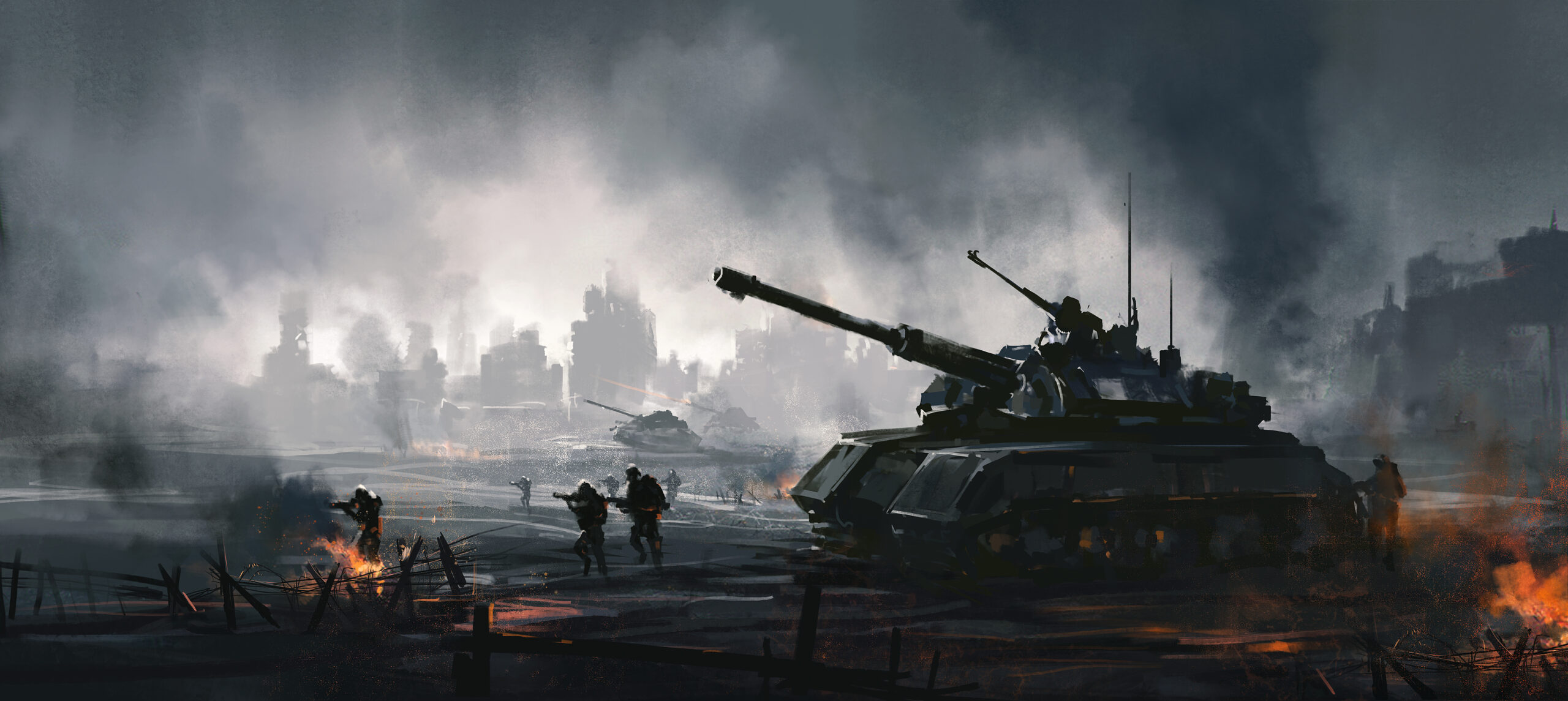From frozen rivers and lunar valleys to sacred passes and remote monasteries, trekking in Ladakh is a journey through one of the most surreal landscapes on Earth. Nestled between the Karakoram and Zanskar ranges, Ladakh is not just a destination—it’s a high-altitude experience that challenges your body, quiets your mind, and expands your soul. Whether you’re crossing glacial rivers, camping under star-strewn skies, or walking ancient trade routes, Ladakh’s trails offer a rare blend of adventure, culture, and cosmic silence.
Trekking in Ladakh isn’t just about reaching a summit—it’s about walking through timeless terrain where nature, spirituality, and resilience converge.
🧭 Why Trekking in Ladakh Is Unlike Anywhere Else
Ladakh’s terrain and culture make it one of the most unique trekking destinations in the world. Here’s why:
- High-Altitude Drama: Most treks range from 3,000 to 5,500 meters, offering stark beauty and physical challenge.
- Buddhist Heritage: Trails pass through ancient monasteries, prayer-flag-lined passes, and spiritual landmarks.
- Lunar Landscapes: From desert valleys to snowfields, the terrain is otherworldly.
- Cultural Immersion: Homestays, yak herders, and Ladakhi hospitality enrich the journey.
It’s not just a trek—it’s a pilgrimage through silence, sky, and stone.
🏞️ Top Treks in Ladakh
Here’s a curated list of the most iconic and rewarding treks across the region:
1. Chadar Trek (Frozen Zanskar River)
- Duration: 8–9 days
- Difficulty: Difficult
- Season: January–February
- Highlights: Walking on a frozen river, ice caves, surreal landscapes
This trek is a test of endurance and mental grit—ideal for experienced trekkers seeking extreme conditions.
2. Markha Valley Trek
- Duration: 6–8 days
- Difficulty: Moderate
- Season: June–September
- Highlights: River crossings, Buddhist villages, Hemis National Park
One of Ladakh’s most popular treks, Markha Valley offers a perfect mix of culture and scenery.
3. Stok Kangri Trek (Currently Restricted)
- Duration: 8–9 days
- Difficulty: Difficult
- Season: July–September
- Highlights: Summit climb, glacier navigation, panoramic views
Once a favorite for amateur mountaineers, this trek is currently under ecological review.
4. Sham Valley Trek (Baby Trek)
- Duration: 3–4 days
- Difficulty: Easy
- Season: May–October
- Highlights: Monasteries, apricot orchards, village homestays
Perfect for beginners and families, this low-altitude trek offers cultural immersion and gentle trails.
5. Lamayuru to Padum Trek
- Duration: 10–12 days
- Difficulty: Moderate to Difficult
- Season: July–September
- Highlights: Ancient trade route, remote valleys, spiritual landmarks
This trek follows the old Silk Route and connects two of Ladakh’s most iconic monasteries.
6. Nubra Valley Trek
- Duration: 5–6 days
- Difficulty: Moderate
- Season: June–September
- Highlights: Sand dunes, double-humped camels, river crossings
A rare trek that blends desert terrain with alpine beauty.
7. Rumtse to Tso Moriri Trek
- Duration: 7–8 days
- Difficulty: Moderate to Difficult
- Season: July–September
- Highlights: High-altitude lakes, nomadic settlements, wildlife sightings
This trek is ideal for those seeking solitude and surreal landscapes.
🥾 High-Altitude Essentials
Trekking in Ladakh requires preparation and respect for the terrain:
- Acclimatization: Spend at least 2–3 days in Leh before starting any trek.
- Hydration & Nutrition: Carry electrolytes, high-energy snacks, and stay hydrated.
- Gear: Layered clothing, UV protection, trekking poles, and sturdy boots.
- Permits: Required for certain areas like Nubra, Tso Moriri, and Pangong.
Altitude sickness is real—listen to your body and ascend gradually.
🧘♂️ Spiritual & Cultural Trails
Ladakh’s treks often intersect with sacred sites and cultural landmarks:
- Hemis Monastery: Largest and most famous monastery in Ladakh
- Alchi & Likir: Ancient murals and monastic architecture
- Phugtal Monastery: Cliffside monastery accessible only by foot
- Prayer Flag Passes: Every high pass is marked with fluttering flags and spiritual energy
These trails offer not just views—but vibes.
📅 Best Time for Trekking in Ladakh
| Season | Months | Experience Highlights |
| Summer | Jun–Sept | Most treks open, clear skies, cultural festivals |
| Autumn | Oct–Nov | Crisp air, fewer crowds, golden landscapes |
| Winter | Dec–Feb | Chadar Trek, snow treks, frozen rivers |
| Spring | Mar–May | Limited access, early bloom in lower valleys |
Summer is ideal for most treks, while winter is for the bold.
🎒 Tips for Trekking in Ladakh
- Go Slow: Altitude demands patience—don’t rush.
- Respect Local Culture: Dress modestly, ask before photographing, and support local businesses.
- Leave No Trace: Carry your waste, avoid plastic, and stay on marked trails.
- Hire Local Guides: For safety, cultural insights, and responsible travel.
- Stay Hydrated: Dry air and altitude can dehydrate quickly.
🛍️ Souvenirs for Trekkers
While trekking, don’t miss:
- Handwoven Woolens: Yak wool shawls, socks, and caps
- Herbal Balms & Teas: Mountain herbs, seabuckthorn products
- Prayer Flags & Artifacts: Available near monasteries and local markets
- Nature Photography Prints: Captured by Ladakhi artists and guides
Support local communities and take home a piece of Ladakh’s soul.
Trekking in Ladakh is more than a physical challenge—it’s a spiritual and emotional journey through landscapes that defy imagination. Whether you’re walking across frozen rivers, summiting sacred peaks, or sleeping under a billion stars, Ladakh offers a kind of silence and scale that transforms you.







